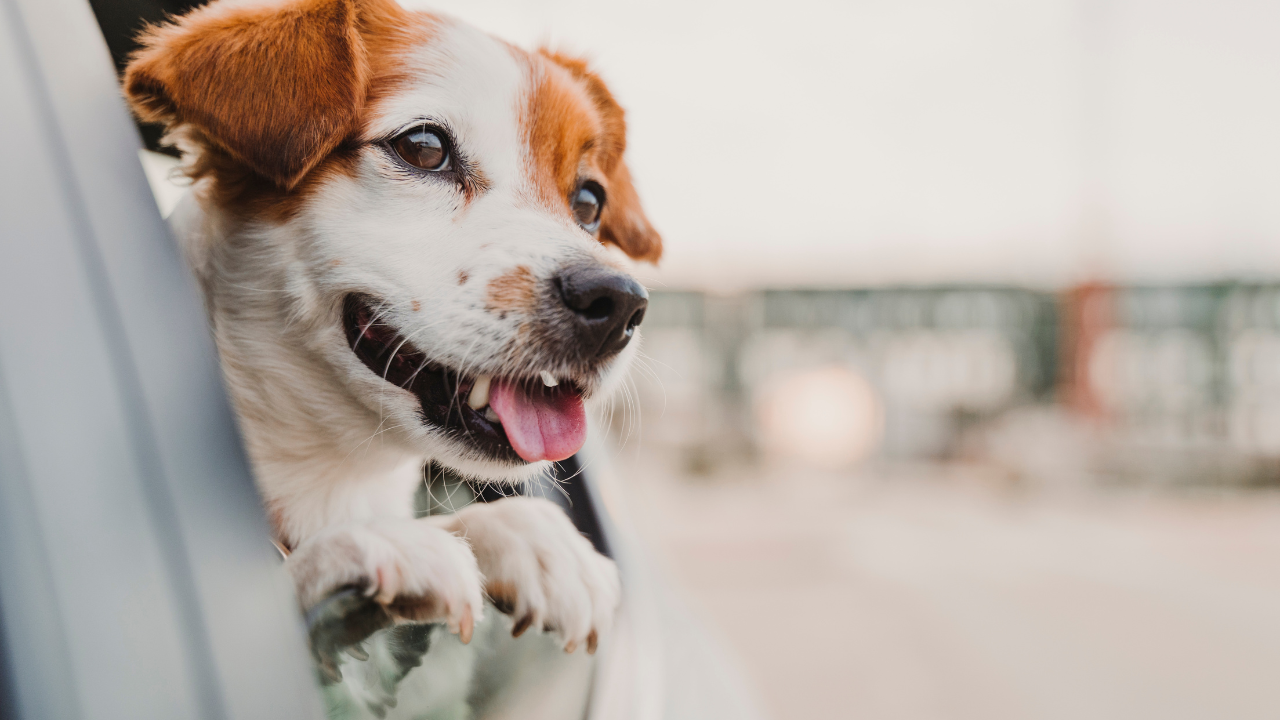
Car journeys can be a significant source of stress for our canine companions. Unlike humans, dogs may not understand the purpose or duration of a journey, leading to anxiety and discomfort. This stress can manifest in various ways, from vocal protests to physical symptoms such as shaking or drooling.
Recognising and addressing the unique needs of an anxious dog can transform travel into a more pleasant experience for everyone. In this article, we’ll be discussing top tips on how to navigate car journeys with anxious dogs to ensure a smoother car ride.
Comfort
Ensuring your dog has a comfy and cosy space in the car is crucial. Start with a suitable dog crate or travel harness that secures them safely while allowing enough room to stand, turn, and lie down comfortably.
Consider using soft bedding that is familiar to your dog. Items that carry their scent can help in making the travel space feel more secure and comforting. The main aim is to create a positive, safe environment inside the car that your dog feels happy with.
Training
Gradually acclimating your dog to car travel can significantly reduce anxiety. Begin by introducing your dog to the vehicle in a non-threatening manner, allowing them to explore the car while stationary.
Ensure to reward calm behaviour with treats to associate the car with positive experiences. Progress to short drives, gradually increasing the duration as your dog becomes more comfortable. Consistency and patience are key – rushing this process can reinforce fear rather than alleviate it.
Familiarity
Familiarity with the car is vital. Including objects that your dog loves, such as toys or blankets, can make the car environment and travel experience seem less daunting.
A piece of clothing with your scent can also be particularly comforting to your dog. Plus, maintaining routine as much as possible, such as feeding and walk times, can help your dog adjust more quickly to travel conditions.
Minimising motion sickness
Motion sickness can enhance travel anxiety in dogs. To combat this, avoid feeding your dog immediately before a journey. If possible, a light meal a few hours beforehand is preferable.
Fresh air is also crucial, so ensure adequate ventilation in the vehicle. If your dog is prone to severe motion sickness, consult your vet about possible treatments or medications that can ease their discomfort.
Conclusion
Understanding and addressing the unique challenges faced by anxious dogs during car journeys can lead to more enjoyable travel experiences for both the dog and the family.
It’s so important to remain compassionate and gentle with your dog. While it can be frustrating for you, your four-legged friend won’t understand why. Always be patient with them and try to train them as early as possible, as car journeys are a vital life skill for your pup.
See more of my pet-related posts here!
